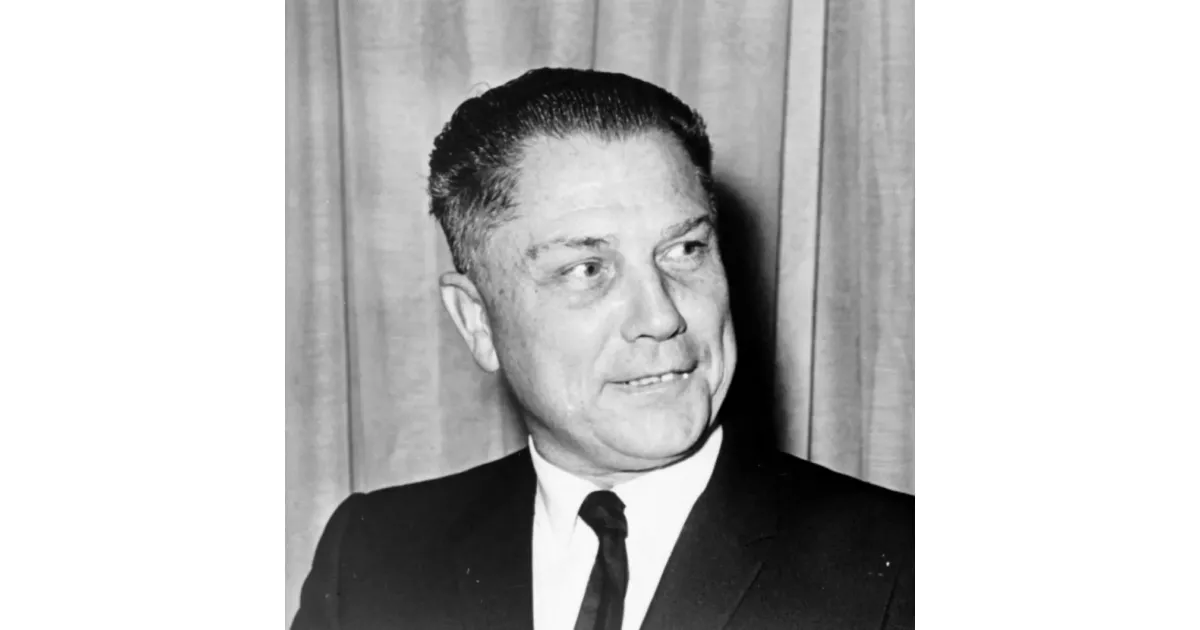Discover the career path of Jimmy Hoffa, from the first major opportunity to industry-changing achievements.
Jimmy Hoffa was a prominent American labor union leader, most notably serving as president of the International Brotherhood of Teamsters (IBT) from 1957 to 1971. His leadership was controversial due to alleged connections to organized crime. Hoffa mysteriously disappeared in 1975, and despite extensive investigations, his fate remains unknown, contributing to his enduring notoriety.
1907: Tobin President
In 1907, Daniel J. Tobin was president.
1932: Hoffa Leaves Grocery Chain
In 1932, Hoffa left the grocery chain due to his union activities and was invited to become an organizer with Local 299 of the Teamsters in Detroit.
1933: Hoffa Recruits New Union Members
Between 1933 and 1935, Hoffa actively recruited new members to the union.
1935: Hoffa Recruits New Union Members
Between 1933 and 1935, Hoffa actively recruited new members to the union.
1936: Teamsters Membership Grows
By 1936, Teamsters membership grew to 170,000 members as a result of Hoffa's work with other union leaders.
December 1946: Hoffa Becomes President of Local 299
In December 1946, Hoffa became president of Local 299, despite never having worked as a truck driver.
1951: Teamsters Membership Tops a Million
By 1951, the number of teamsters had grown steadily during World War II and in the postwar boom to eventually top a million members.
1952: Hoffa Selected as National Vice-President
At the 1952 IBT convention in Los Angeles, Hoffa was selected as national vice-president by incoming president Dave Beck.
1952: Hoffa Elected Vice-President
Following his 1952 election as vice-president, Hoffa began spending more of his time away from Detroit.
1952: Hoffa Becomes National Vice-President of IBT
In 1952, Hoffa was appointed as the national vice-president of the International Brotherhood of Teamsters (IBT), ascending to a prominent leadership role within the organization.
1955: IBT Moves Headquarters
In 1955, the IBT relocated its headquarters from Indianapolis to Washington, D.C., marking a significant shift in the union's operations and influence.
1957: Hoffa Becomes President of IBT
In 1957, Jimmy Hoffa assumed the presidency of the International Brotherhood of Teamsters (IBT), marking a significant milestone in his career.
1960: Teamsters Endorsed Nixon
In 1960, the Teamsters endorsed Nixon. In prior elections, the union had normally supported Democratic nominees.
1961: Hoffa Re-elected as President
Following his re-election as president in 1961, Hoffa worked to expand the union.
1964: Hoffa Secures National Master Freight Agreement
In 1964, Hoffa achieved a significant victory by securing the first National Master Freight Agreement for the Teamsters, a landmark achievement in labor negotiations.
1964: National Master Freight Agreement
In 1964, Hoffa brought virtually all over-the-road truck drivers in North America under a single National Master Freight Agreement.
1966: Hoffa Re-elected IBT President
In 1966, Hoffa was re-elected without opposition to a third five-year term as president of the IBT.
1967: Fitzsimmons Named Acting President
In 1967, when Hoffa entered prison, Frank Fitzsimmons was named acting president of the union.
1970: Publication of "The Trials of Jimmy Hoffa"
In 1970, Hoffa published his book "The Trials of Jimmy Hoffa".
June 19, 1971: Hoffa Resigns as Teamsters President
On June 19, 1971, while still in prison, Hoffa formally resigned as Teamsters president, relinquishing his leadership position within the union.
July 9, 1971: Fitzsimmons Elected Teamsters President
On July 9, 1971, Fitzsimmons was elected Teamsters president.
December 23, 1971: Hoffa Released From Prison
On December 23, 1971, Jimmy Hoffa was released from prison after US President Richard Nixon commuted his 13-year sentence to time served, less than five years after the sentencing.
1971: Hoffa Resigns as President of IBT
In 1971, Jimmy Hoffa resigned from his position as president of the International Brotherhood of Teamsters (IBT).
1971: Hoffa Resigns and is Released
In mid-1971, Hoffa resigned as president of the union as part of a commutation agreement with U.S. president Richard Nixon and was released later that year, but he was barred from union activities until 1980.
1972: Teamsters Endorsed Nixon's Re-election
In 1972, following Hoffa's release, the IBT endorsed Republican Richard Nixon in his presidential re-election bid. Previously, the union had typically supported Democratic nominees.
1973: Hoffa Planned to Seize Teamsters Presidency
By 1973, Hoffa was making plans to regain the presidency of the Teamsters, despite restrictions imposed upon his release from prison.
1974: John Dean Deposition
In 1974, John Dean, former White House counsel to Nixon, was called upon for depositions in court proceedings regarding Hoffa's lawsuit to invalidate the restriction on his labor activities.
1975: Hoffa Worked on Autobiography
In 1975, Jimmy Hoffa was working on his autobiography, "Hoffa: The Real Story", which was published a few months after his disappearance.
March 6, 1980: Restriction on Hoffa's labor activities
On March 6, 1980, Nixon's commutation restriction was set to expire, but Hoffa was missing since 1975 and presumed dead.
1980: Hoffa Barred from Union Activities Until 1980
In 1980, Hoffa was barred from union activities, as part of his commutation agreement.
Mentioned in this timeline
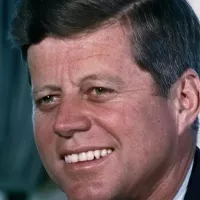
John F Kennedy JFK was the th U S President...
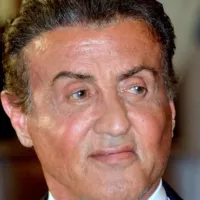
Sylvester Stallone is an acclaimed American actor and filmmaker with...

Radar is a radiodetermination system using radio waves to detect...

Washington D C is the capital city and federal district...

Los Angeles is the most populous city in California and...
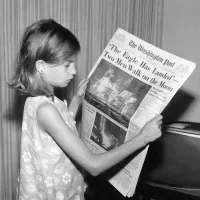
News encompasses information about current events disseminated through various media...
Trending
The North American Aerospace Defense Command NORAD is a joint United States and Canada organization Its primary mission is to...

8 months ago Sanju Samson Injured, Retires Hurt as Capitals and Royals go to Super Over

5 months ago Celebrity Cruises Ship Loses Power, Drifts Off Italy Coast for Three Hours
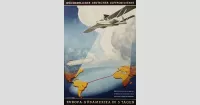
Airlines are companies that offer air transport services for passengers and freight using aircraft They may form partnerships with other...

7 months ago Logan Paul and Nina Agdal Wedding Fan Invite, WWE Success Fuels Criticism

Drew Brees is a former American football quarterback playing seasons in the NFL primarily with the New Orleans Saints He...
Popular

Candace Owens is an American conservative political commentator and author...

Tucker Carlson is an American conservative political commentator known for...

XXXTentacion born Jahseh Dwayne Ricardo Onfroy was a controversial yet...

Ilhan Omar is an American politician currently serving as the...

Kashyap Pramod Patel is an American lawyer who became the...

Bill Gates an American businessman and philanthropist revolutionized personal computing...
